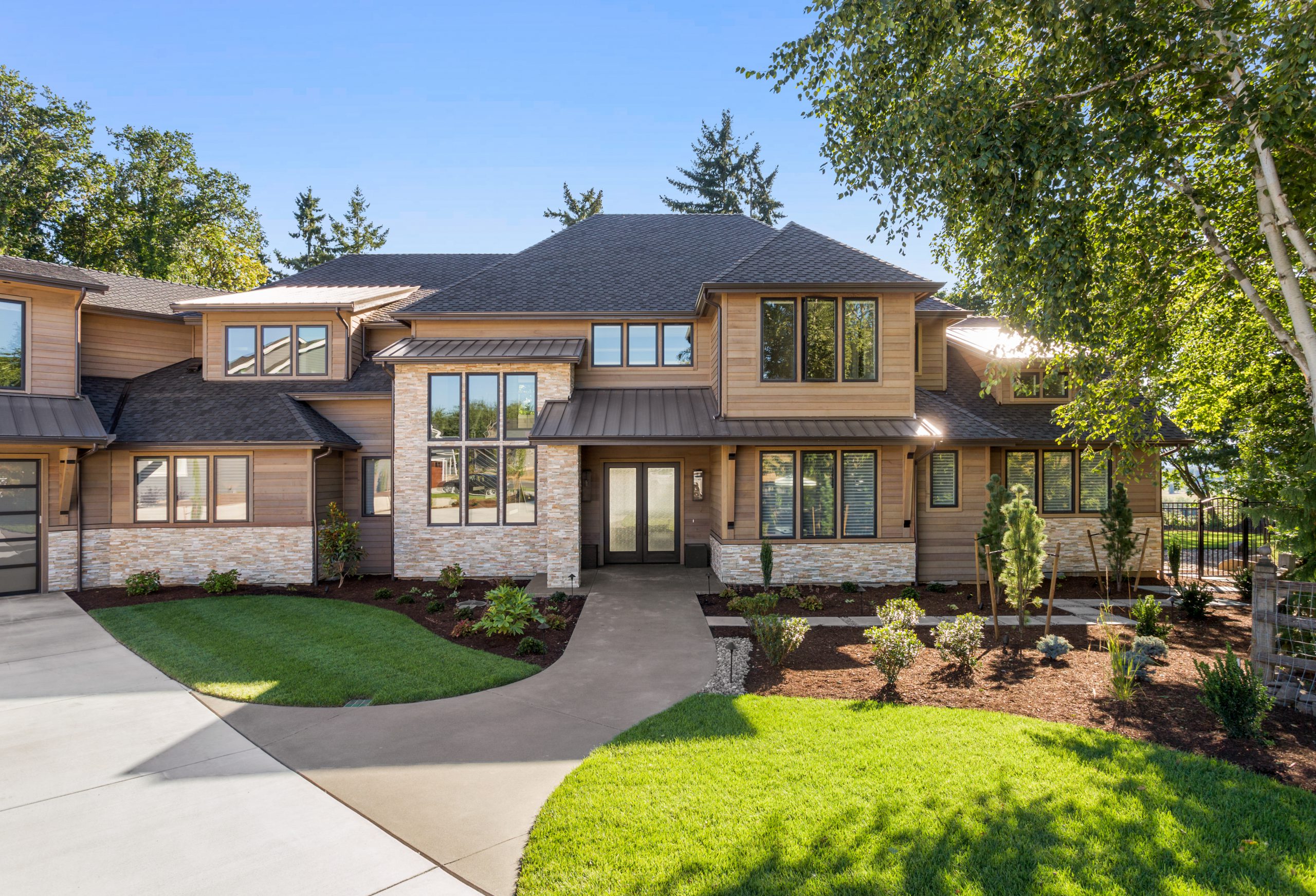
Multi-generational living arrangements are gaining popularity as families seek innovative solutions to address changing social and economic dynamics. This trend reflects a desire to maximize the value of real estate assets while accommodating the needs of extended family members.
The concept of multi-generational homes is both visionary and practical, often addressing the challenges faced by the “sandwich generation” – those simultaneously supporting aging parents and adult children. Here are some key considerations for creating successful multi-generational living spaces:
Privacy – Everyone needs their own space and feeling of independence. Communal areas are important, of course, but everyone in the household needs somewhere to go for peace and quiet, to listen to their music, read a book, or pursue hobbies.
Designs – There are a number of “classic” designs that promote multi-generational living. You should consult an architect to investigate the possibilities.
Start again – Depending on your financial situation and personal circumstances, you might find it easier to buy land and build a new home specifically for multi-generational living. With no end in sight to the “sandwich generation” phenomenon, this could prove to be an excellent investment.
Access – If you’re considering the needs of elderly relatives, then ease of access is a critical consideration. We’re talking more than steps and stairs. Your bathroom would need serious consideration in terms of access and issues such as non-slip surfaces and shower entry.
Modifying rooms – Wheelchair access around a house requires detailed thinking, and often modern homes simply do not provide sufficient space for a wheelchair to operate successfully in areas like a kitchen or bathroom.
As demographics and economic conditions evolve, multi-generational homes may continue to grow in popularity. They offer a way to address housing affordability challenges while strengthening family bonds. However, successful implementation requires careful planning, open communication, and a willingness to adapt to changing family needs.
Whether you’re considering modifying your current home or exploring new property options, the trend towards multi-generational living offers an intriguing possibility for maximizing both living space and family support systems.
